This temple, now commonly referred to as Thalai-Gyaayiru, is located to the west of Sirkazhi, earning it the name 'Melai-Kazhi.' The temple's architecture follows the distinctive 'kogudi' style, characterized by its intricate designs and traditional elements. The deity at this sacred place was once worshipped by Surya, the revered Sun god and as a result, the temple has also come to be known as AthithyaPuri.
The temple, under the governance of Dharumai Aadeenam, exhibits a unique architectural design with three levels elevated one above the other, accessible via wooden staircases. As in Sirkazhi, there are three sannidhis; the topmost level housing the sannidi of Sattai Nathar, while the middle level features the sannidhi of Thoniappar, also referred to as GarbhaGyaneshwar, along with the female consort deity known as Garbha Gyaneshwari, and at the ground level is the sannidhi of the presiding deity Aparatha Kshamapaneshwarar. The temple's east-facing gopuram consists of three tiers, and the mandap inside the temple showcases a distinctive architectural style reminiscent of a bat's forehead, a characteristic found in certain temples. This style is aptly named 'Vavval Nethi' after this resemblance. Adjacent to LingothBhavar, one can find the 'Sthala Vruksham', a jasmine creeper that holds significance within the temple premises.
Indra, the king of the gods, once journeyed to Mount Kailash, the abode of Lord Shiva. There, Shiva appeared before Indra in the form of a goblin, concealing his true divine identity. Indra, failing to recognize that the goblin was in fact Shiva himself, unleashed his formidable weapon known as the Vajrayuda upon the goblin. Only after this act did Indra come to the realization of the goblin's true nature as Shiva. Filled with remorse for his grave error, Indra sought forgiveness from Shiva. In his infinite compassion, Shiva pardoned Indra for his transgression. As a result of this incident, Shiva came to be known by the Sanskrit epithet "Aparatha Kshama Paneshwarar," which translates to "the one who forgave the mistake," and in Tamil as "Kutram porutha nathar." This intersects with the story of Hanuman, the ardent devotee of Lord Rama. When Hanuman learned that Rama had already completed his Shiva puja (worship) using a linga crafted out of sand by Sita, before Hanuman could return with a Shiva linga, he was overcome with sadness. In a futile attempt to remove the sand linga, Hanuman coiled his tail around it. This act, however, incurred the spiritual affliction known as the "Shiva Aparatha Dosha." To absolve Hanuman of this dosha, Rama advised him to undertake penance to Shiva. Hanuman dutifully engaged in the prescribed penance, and Shiva manifested before him, instructing Hanuman to visit a sacred place called Thalai gyaayiru. Shiva assured Hanuman that by worshipping at this holy site, the dosha would be nullified. Hanuman faithfully followed Shiva's guidance and also established a linga in his own name near Thalai gyaayiru, at a place that came to be known as Tiru-kurakkuka.
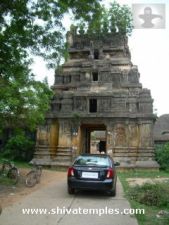 3 tiered Tower
3 tiered Tower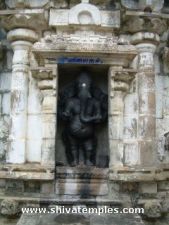 Vinayaka
Vinayaka Thoniappar
Thoniappar Sattai Nathar
Sattai Nathar 'vavval nethi' Mandap
'vavval nethi' Mandap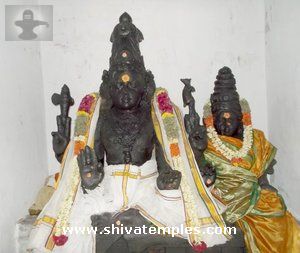 Muruga along with Valli,Deivanai.
Muruga along with Valli,Deivanai.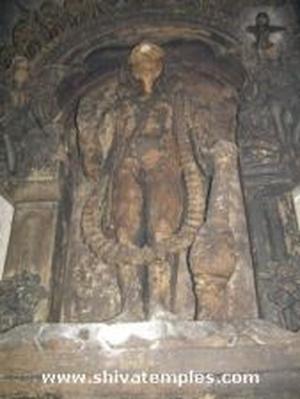 A view
A view Way to Sattai Nathar Sannidhi
Way to Sattai Nathar Sannidhi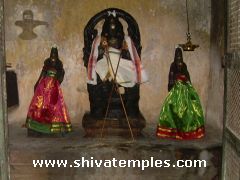 Vimanam
Vimanam